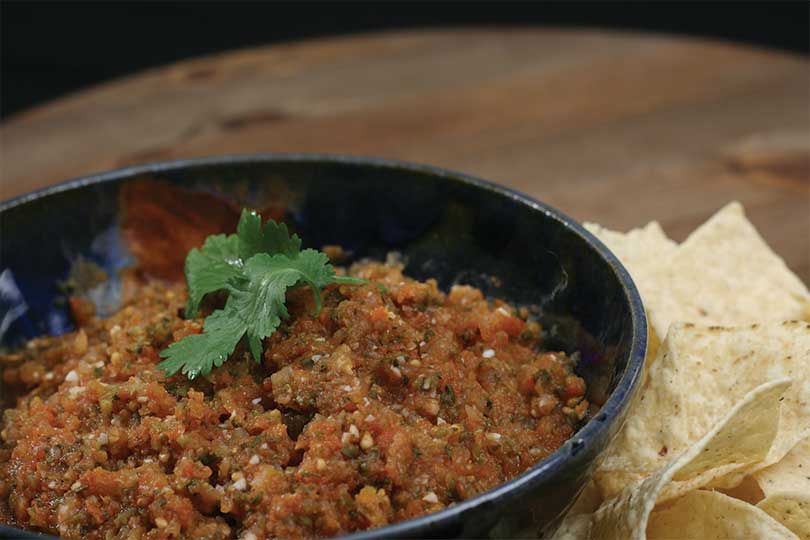By Justin Walker
Communications Specialist
Some fans will be sick over the outcome of Sunday’s big game, but others could come down with a much more real sickness following the game.
As the New England Patriots and the Los Angeles Rams battle it out at the Georgia Dome this Sunday, people hosting watch parties should be careful of how long their food sits out during the event, Janell Goodwin of the U.S. Department of Agriculture’s Food Safety and Inspection Service said.
“No one wants to end their Super Bowl with their team losing and becoming ill or if you are on the good side with your team winning and you can’t celebrate because you’ve got food poisoning,” Goodwin said.
The National Retail Federation projects more than $15 billion will be spent on items for Sunday’s game, with a majority of that being food. An estimated 62 million chicken wings will be consumed along with other food items at roughly 43 million homes in America this Sunday.
If foods are sitting out for the duration of the pre-game, halftime and post-game show, they could enter what Goodwin refers to as the danger zone.
“The danger zone is the temperature zone between 41 degrees Fahrenheit and 140 degrees, where bacteria grow and multiply rapidly,” she said.
There is a simple solution to that problem, Goodwin said. Make sure hot foods stay hot and cold foods stay cold.
Keeping items in the refrigerator or on ice will help with cold items, but there are several ways to make sure foods remain hot.
“For your hot foods, you can use things such as warming trays, chafing dishes, slow cookers, even the oven will help keep foods warm,” Goodwin said. “Again, put them out in small quantities, and as you need to replace them, go back into the oven or remove them from slow cookers and refill your dishes that way.”
Sunday’s game is expected to last around four to five hours, so Goodwin recommends swapping out food items periodically to keep them in a safe temperature range.
“Put out just as much as you would need for about two hours,” she said. “After that, swap it out for something that is in the refrigerator.”
This strategy applies to warm foods as well, Goodwin said.

